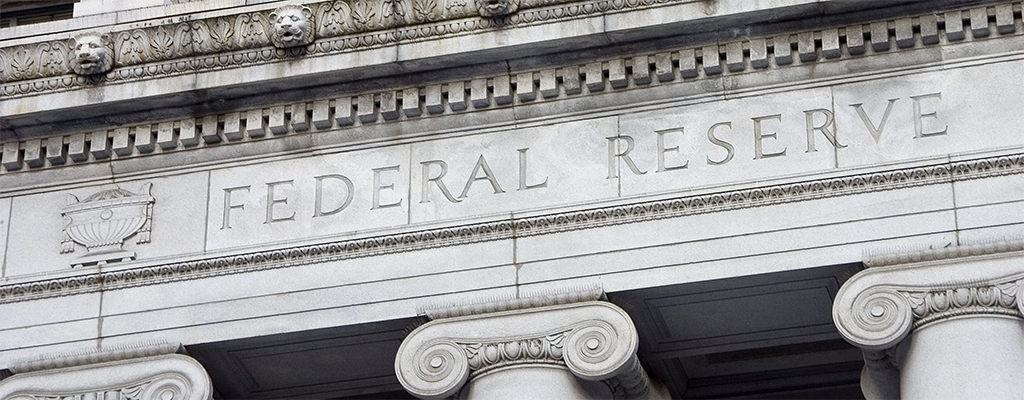Federal Reserve Chair Jerome Powell says U.S. import tariffs and trade wars have complicated the outlook for both inflation and economic growth this year.
Speaking to the Economic Club of Chicago, Powell said that tariffs pose a “challenge” to the U.S. central bank as they are likely to lead to both higher inflation and lower economic growth.
Rising inflation in a period of stagnant economic growth is known as “stagflation” and is often referred to by economists as a worst-case scenario for central banks and monetary policy.
Powell stressed that the U.S. Federal Reserve is unsure where it should devote greater focus — on lowering inflation or boosting economic growth.
“We may find ourselves in the challenging scenario in which our dual-mandate goals are in tension,” said Powell. “If that were to occur, we would consider how far the economy is from each goal, and the potentially different time horizons over which those respective gaps would be anticipated to close.”
The Fed Chair gave no hint as to where he sees interest rates headed, but said that, “For the time being, we are well positioned to wait for greater clarity before considering any adjustments to our policy stance.”
Financial markets are pricing in as many as four 25-basis point interest rate cuts from the central bank in 2025, according to the CME Group’s FedWatch indicator.
Powell also highlighted that the Fed’s data shows near-term inflation on the rise.
The central bank’s primary inflation measure is expected to show an annualized rate of 2.6% for March, he said. The Fed aims to keep inflation at a 2% annualized target.
The Fed Chair added that U.S. gross domestic product (GDP) for this year’s first quarter is expected to show little growth in the American economy.
The U.S. central bank is scheduled to make its next decision on interest rates May 7.

